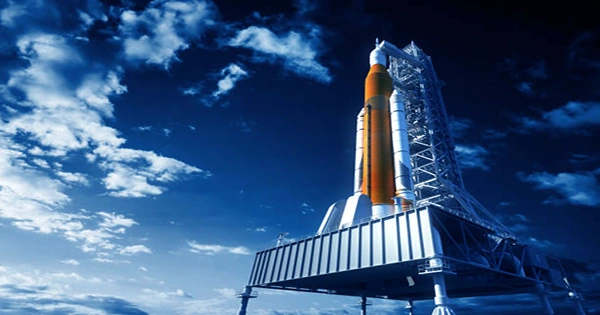Deep learning, also known as artificial intelligence (AI), has undergone rapid advancements in recent years and is now being used in a wide range of applications. Deep learning, which is typically implemented using neural networks, powers image recognition, voice processing, language translation, and many other web services in large data centers. It is a critical technology in self-driving cars, as it provides object recognition as well as decision-making. It’s also found in smartphones, PCs, and embedded (IoT) systems.
A deep learning processor (DLP) or deep learning accelerator is an electronic circuit designed for deep learning algorithms, typically with dedicated instruction set architecture and separate data memory. Deep learning processors range from mobile devices, such as neural processing units (NPUs) in Huawei cellphones, to cloud computing servers such as tensor processing units (TPU) in the Google Cloud Platform.
The goal of DLPs is to provide deeper learning algorithms with greater efficiency and performance than general central processing units (CPUs) and graphics processing units (GPUs). Most DLPs use a large number of computing components to take advantage of high data-level parallelism, a relatively larger on-chip buffer/memory to take advantage of data reuse patterns, and limited data-width operators to improve deep learning error-resilience.
Deep learning has a significant application in autonomous vehicles. Vehicles do not use training and instead concentrate on simpler inference tasks. Even so, these vehicles necessitate extremely powerful processors, but they are more cost and power-constrained than data-center servers, necessitating different tradeoffs. Several chip vendors are providing products specifically for this application; however, some automakers are developing their own ASICs.
Deep learning processors differ from AI accelerators in that they are specialized for running learning algorithms, whereas AI accelerators are typically more specialized for inference. However, the terms (DLP vs AI accelerator) are not used consistently, and there is frequently overlap between the two.
Deep learning is powered by artificial neural networks with multiple layers. Deep Neural Networks (DNNs) are such networks in which each layer can perform complex operations such as representation and abstraction to make sense of images, sound, and text. Deep learning, considered the fastest-growing field in machine learning, is a truly disruptive digital technology that is being used by an increasing number of companies to create new business models.
Deep-learning processors currently generate the most revenue for large chip vendors such as Intel and Nvidia. Many startups, some well-funded, have emerged to develop new, more customized architectures for deep learning; among the first to deliver products are Cerebras, Graphcore, Greenwaves, Gyrfalcon, Groq, Horizon Robotics, Tenstorrent, and Untether. Instead of relying on these alternatives, leading data-center operators such as Alibaba, Amazon, and Google have created their own hardware accelerators.
















